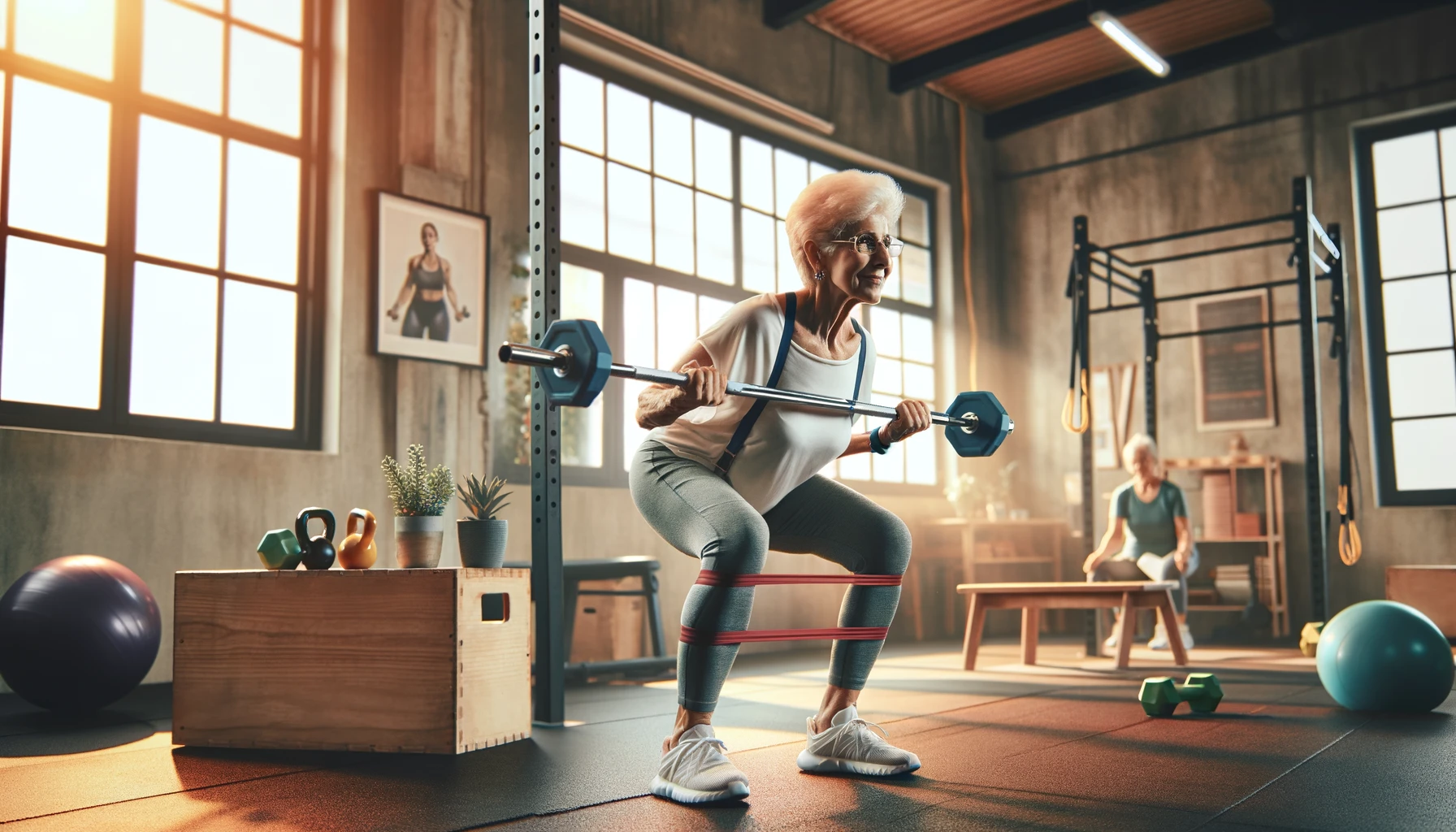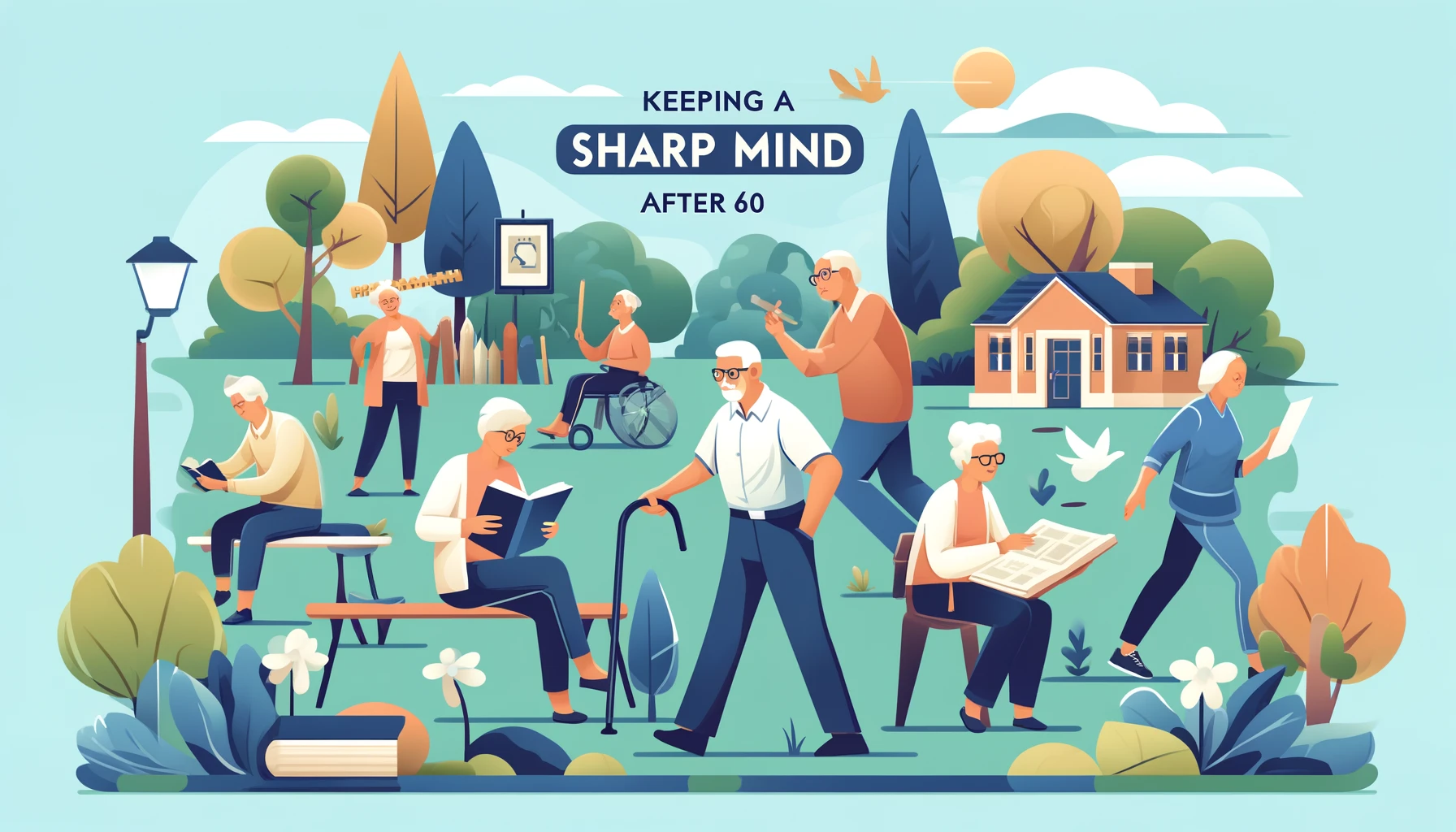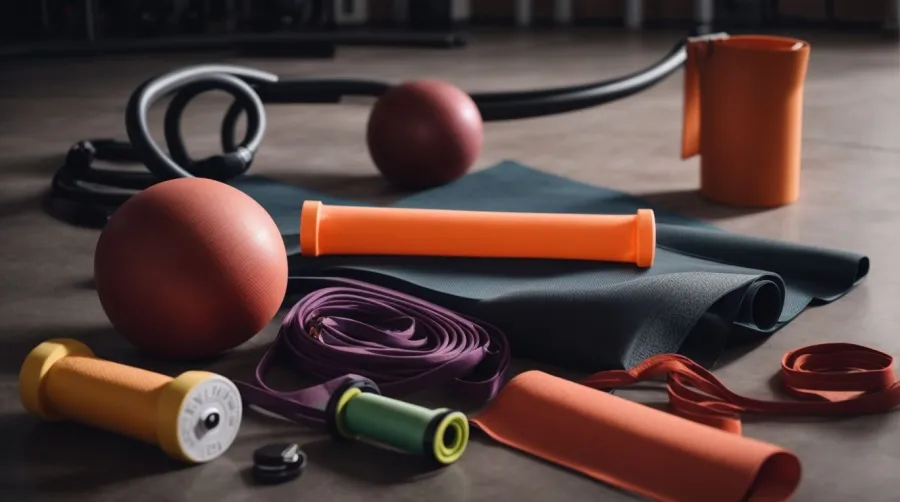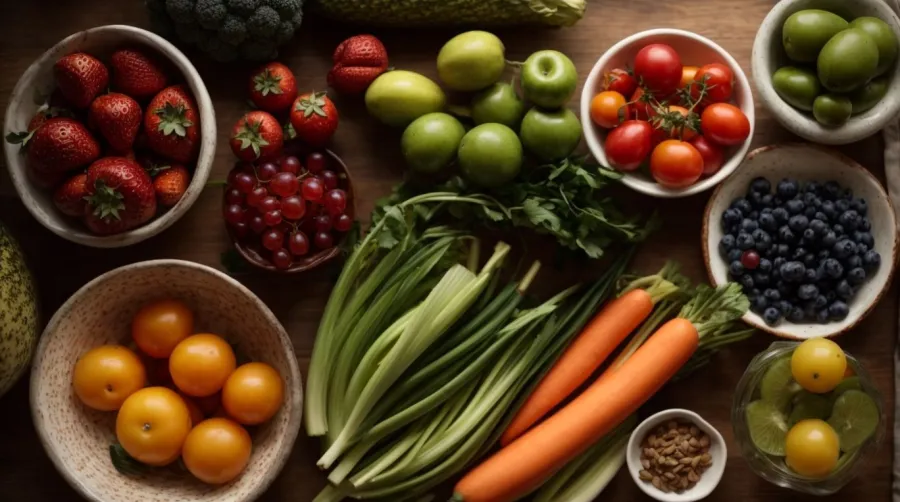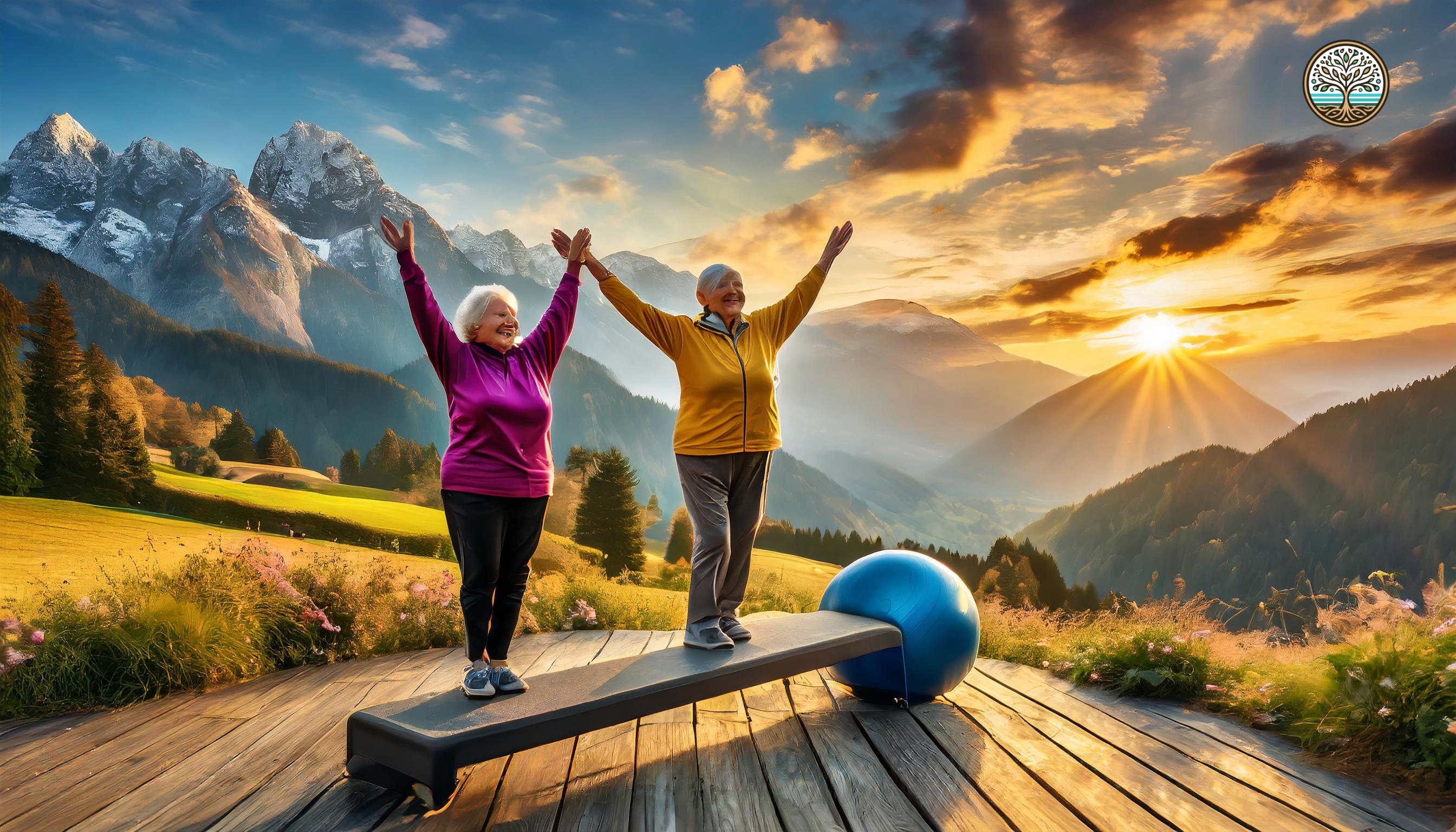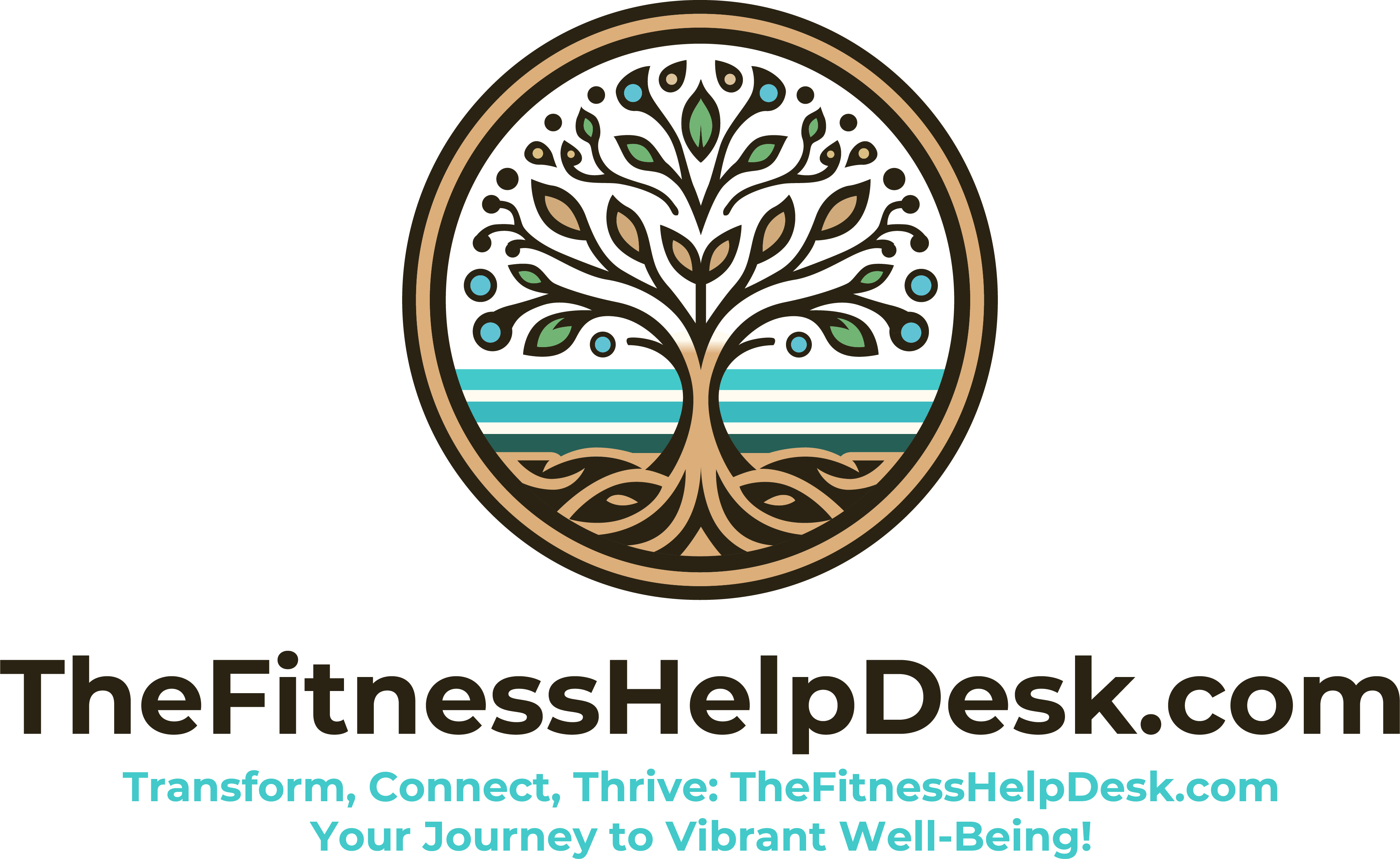Are you confused about what constitutes a balanced diet for your fitness goals? Separate fact from fiction when it comes to nutrition for optimal health. This article will debunk common myths about fitness nutrition, such as the belief that carbs are bad for you or that you need to eat less to lose weight. We will provide practical steps for creating a sustainable nutrition plan, including determining your calorie needs and incorporating variety and moderation. Stay hydrated and make informed choices for your fitness journey! What is a Balanced Diet? A balanced diet is essential for optimal health and wellness, encompassing a mix of nutrients that support the body’s functions and promote overall well-being. It involves making conscious food choices that provide the necessary vitamins, minerals, macronutrients, and micronutrients needed for the body to thrive. Consuming a variety of foods such as fruits, vegetables, whole grains, lean proteins, and healthy fats is key to ensuring that one receives essential nutrients like vitamin C, vitamin D, calcium, iron, omega-3 fatty acids, and fiber. These nutrients play crucial roles in boosting immunity, maintaining strong bones and muscles, regulating metabolism, and preventing chronic diseases such as heart disease, diabetes, and certain cancers. By incorporating a colorful array of nutrient-dense foods into one’s daily meals, individuals can enhance their overall health and well-being. What are the Essential Nutrients for a Balanced Diet? Essential nutrients play a crucial role in maintaining a balanced diet and supporting overall health. These include vitamins, minerals, macronutrients, and micronutrients that are vital for various bodily functions and processes. Vitamins are organic compounds that help regulate metabolism and aid in energy production. Minerals, on the other hand, are inorganic elements that contribute to bone health, nerve function, and fluid balance in the body. Macronutrients such as carbohydrates, proteins, and fats provide the energy needed for daily activities and support muscle growth and repair. Micronutrients like iron, zinc, and vitamin C play key roles in immune function, wound healing, and antioxidant protection. Ensuring a diverse diet with a variety of fruits, vegetables, whole grains, and lean proteins is essential to obtain these nutrients and maintain optimal health. Debunking Common Myths about Fitness Nutrition In the realm of fitness nutrition, there exist numerous myths and misconceptions that can hinder individuals from making informed dietary choices. It is crucial to separate fact from fiction to optimize health and fitness outcomes. One of the common myths is that carbohydrates should be completely avoided for weight loss. Not all carbs are created equal, and complex carbohydrates found in whole grains, fruits, and vegetables are essential for providing sustained energy. Another misconception is that consuming fats leads to weight gain, but healthy fats like those found in avocados and nuts are crucial for brain health and hormone production. By understanding these nuances and focusing on evidence-based nutrition, individuals can fuel their bodies effectively for optimal performance. Myth 1: Carbs are Bad for You One prevalent myth in fitness nutrition is the belief that carbs are inherently harmful to health and should be avoided. Carbohydrates are a crucial source of energy and play a significant role in supporting various bodily functions. Carbohydrates are the body’s main source of energy, providing fuel for muscles and the brain. They are essential for optimal physical performance and mental clarity. Different types of carbohydrates, such as simple sugars and complex carbohydrates, impact the body differently. Simple sugars are quickly absorbed, providing a rapid energy boost, while complex carbohydrates provide sustained energy release. Balancing the intake of these carbohydrates is key to meeting fitness goals and maintaining overall health. Including whole grains, fruits, vegetables, and legumes in your diet ensures a diverse range of carbohydrates to support your body’s needs. Myth 2: You Need to Eat Less to Lose Weight Another common myth surrounding weight loss is the notion that eating less is the key to shedding pounds. While creating a calorie deficit is important for weight loss, it is equally vital to prioritize nutrient-dense foods and maintain a balanced diet. Consuming fewer calories than your body expends is central to weight management, but the quality of those calories matters just as much. Opting for whole foods rich in vitamins, minerals, and fiber not only aids in achieving sustainable weight loss but also supports overall health. Building meals around lean proteins, fruits, vegetables, whole grains, and healthy fats ensures a diverse nutrient intake that keeps you feeling satisfied and energized. Balancing protein, carbs, and fats helps regulate blood sugar levels and metabolism, contributing to successful weight loss efforts. Myth 3: All Fats are Unhealthy There is a misconception that all fats are detrimental to health, leading many to avoid fat-rich foods altogether. In reality, certain fats, such as unsaturated fats, are essential for overall well-being and should be included in a balanced diet. These healthy fats, found in foods like avocados, nuts, and olive oil, play a crucial role in supporting brain function, regulating hormones, and maintaining healthy skin. On the other hand, trans fats and saturated fats, commonly found in processed foods and fried items, can raise bad cholesterol levels and increase the risk of heart disease. It’s important to distinguish between the various types of fats and make informed choices to promote heart health and overall wellness. Myth 4: Supplements are Necessary for Optimal Health A prevalent myth in the realm of fitness nutrition is the belief that supplements are essential for achieving optimal health. While supplements can complement a healthy diet, they are not a replacement for nutrient-rich foods and a balanced eating plan. Whole foods offer a spectrum of vital nutrients that work synergistically to nourish the body in ways that isolated supplements cannot replicate. The key lies in the diversity and quality of the food choices. Emphasizing a variety of fruits, vegetables, whole grains, lean proteins, and healthy fats ensures a well-rounded nutritional intake. While supplements can be useful in addressing specific deficiencies or for targeted support, they should be viewed as a supplement to, not … Read more




